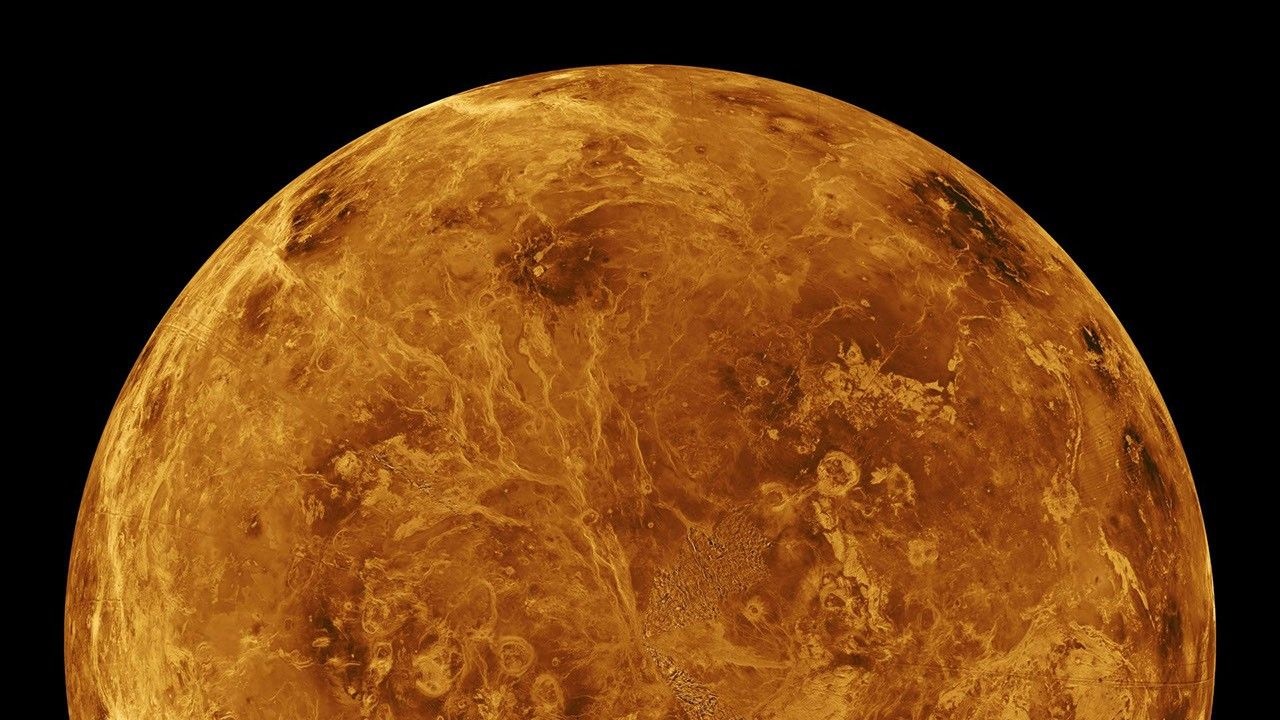Introduction
A groundbreaking study published in Science Advances on May 14, 2025, has confirmed that Venus, often called Earth’s “sister planet,” remains geologically active. Despite its harsh surface conditions, new research shows that Venus is still reshaping its crust through dynamic internal processes, much like early Earth. This discovery challenges previous assumptions about the planet’s geological dormancy and opens exciting avenues for upcoming NASA and ESA missions.
/https://tf-cmsv2-smithsonianmag-media.s3.amazonaws.com/filer/08/09/08091955-222a-4c12-9b2e-882b3d8f016a/02-nuwa-campus-v1-1024x576.jpg)
Active Mantle Plumes and Coronae on Venus
The study highlights the presence of 52 coronae—large, circular surface structures on Venus—linked to active mantle plumes beneath the planet’s crust. Mantle plumes are columns of hot, buoyant rock rising from deep within a planet, causing surface deformation.
These coronae form when mantle plumes push up and deform the crust, causing it to collapse inward into circular depressions. The finding that most coronae sit above these plumes indicates ongoing geological activity beneath the surface.
Similarities Between Venus and Early Earth
Venus and Earth share a similar size and composition, but diverged drastically in their geological and atmospheric evolution. The study’s co-lead, Anna Gulcher, notes that Venus’s ongoing geological processes resemble Earth’s early geological activity, with heat and mantle convection reshaping the crust over time.
Venus’ Surprisingly Thin Crust

Research by Justin Filiberto from NASA’s Astromaterials Research Division reveals that Venus’s crust is surprisingly thin—only about 65 km thick. This thin crust can easily break or melt under thermal and mechanical stress, contributing to crustal recycling and geological renewal.
Crustal Recycling and Volcanic Activity
Venus’s crustal recycling not only reshapes its surface but also influences its atmosphere. The process releases volcanic gases and potentially recycles water trapped within the interior, impacting atmospheric composition and climate.
Upcoming NASA and ESA Missions to Explore Venus
Several missions are planned to study Venus in greater detail:
- NASA’s VERITAS Mission: Designed to map Venus’s surface in high resolution and investigate geological activity.
- NASA’s DAVINCI Mission: Aims to analyze Venus’s atmosphere and surface composition.
- ESA’s EnVision Mission: Will provide detailed data to validate findings about Venus’s crust and mantle dynamics.
These missions will enhance our understanding of Venus’s geology and could provide insights into the early geological history of Earth.

Conclusion
The confirmation of active geological processes on Venus reshapes how scientists understand our neighboring planet. Venus is not a dead world but a dynamic planet with ongoing internal activity influencing its surface and atmosphere. With upcoming missions, we are on the brink of a new era in planetary science that could reveal many secrets about terrestrial planets in our solar system and beyond.









